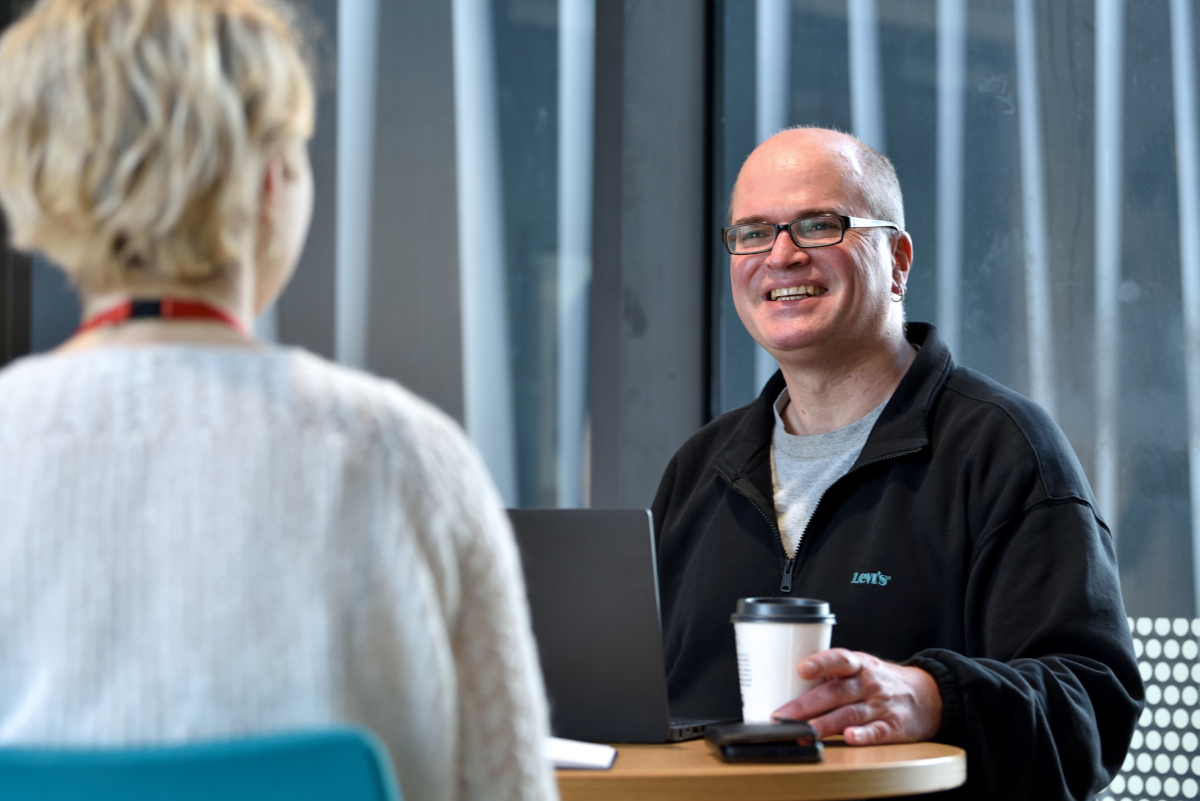

The focus of my research is how pluripotent stem cell technology can be harnessed to understand the function and dysfunction of neural circuits which control motor behaviour, and how stem cell-derived models can be used to develop drugs which restore motor function in patients suffering from neuromuscular diseases and other movement disorders. To this end, my group is assembling neuromuscular circuits from stem cell-derived, defined cell populations to study normal development and degenerative disease processes in conditions such as amyotrophic lateral sclerosis (ALS) in vitro.
ALS is a neurological disease which leads to loss of nerve muscle-connectivity, degeneration of motor neurons and, as a result, muscle paralysis. Currently, most patients die within 3-5 years of diagnosis, and there is no effective treatment. Though patients typically show clinical symptoms as adults, emerging evidence suggests that initial abnormalities in synapse homeostasis and cell signalling occur much earlier during embryonic and/or postnatal development. This suggests that understanding the abnormal development of motor circuits may help understand the disease mechanism and may contribute to future therapies. My group and our collaborators are studying such early events in the cellular pathology of ALS. Our main experimental tool are in vitro models of human neuromuscular circuits, assembled in vitro from normal and patient-derived induced pluripotent stem cells (iPSCs).
Hyperexcitability as a new disease mechanism in ALS
Emerging evidence suggest that the ALS disease process may be initiated by abnormal neuronal excitability, which causes early clinical symptoms like increased muscle fasciculations. In collaboration with Juan Burrone (CDN, KCL), we have identified a novel axonal phenotype in patient-derived TDP-43-mutant human iPSC-derived motor neurons, where the structure of the axon initial segment is altered and becomes unable to undergo homeostatic forms of plasticity that help stabilise neuronal excitability. Targeting neural activity may be key to developing new ALS therapies, as early phenotypes are more closely associated to the cause of the disease and offer a better chance for a successful treatment prior to the loss of motor neurons.
ALS in vitro models
My group has developed novel neuromuscular culture devices in collaboration with Wenhui Song (Royal Free Hospital, UCL) to study human motor neurons in their normal biological context, the synaptic connections to myofibers. We have established a multi-well coculture system of human iPSC-derived motor neurons, astrocytes and myofibers. In this culture device, myofibers are stabilised on an elastomer nanofibrous scaffold, which prevents myofiber collapse and enables us to follow their innervation and maturation for more than 2 weeks. This model allows us to directly quantify disease phenotypes of motor neurons derived from human iPSCs with ALS genotypes, like increased spontaneous myofiber contractions (‘in vitro fasciculations’) and reduced contractions in response to optogenetic motor neuron stimulation. In addition, we use High Content Imaging to measure the deterioration of motor axon projections and neuromuscular synapses, and the rescue of these phenotypes with candidate drugs.